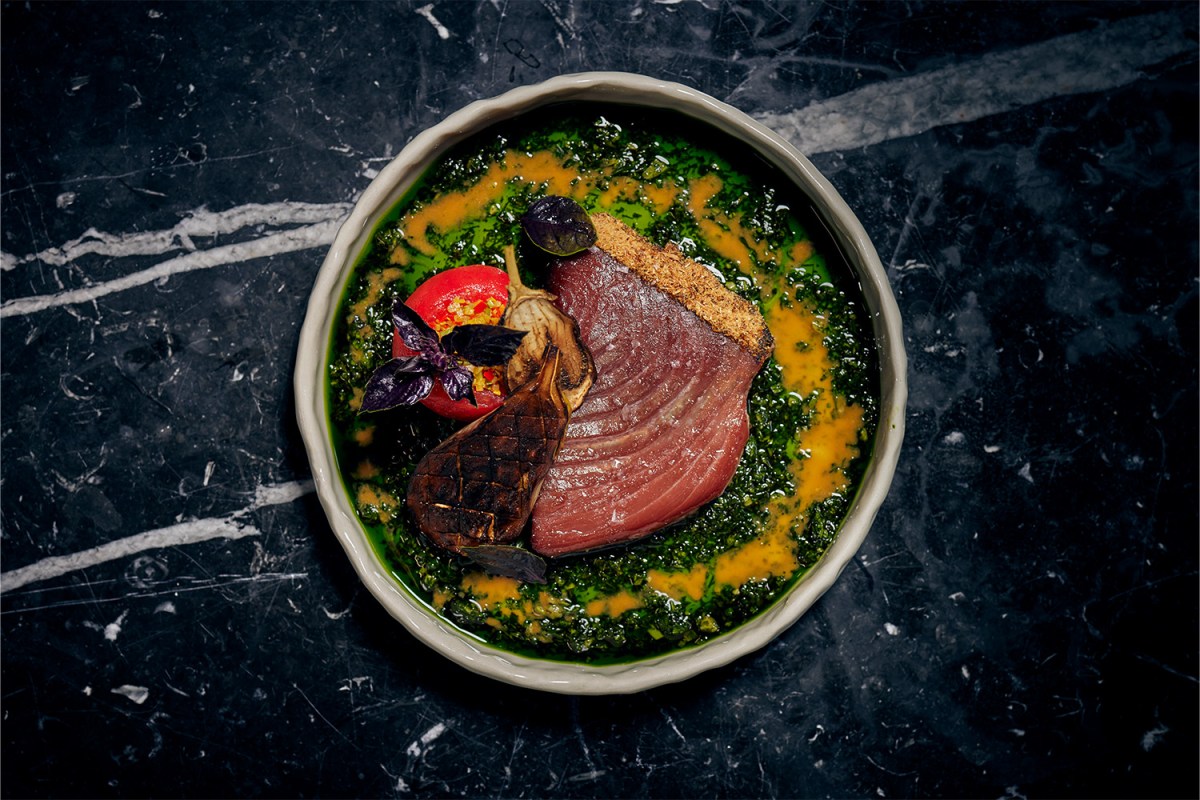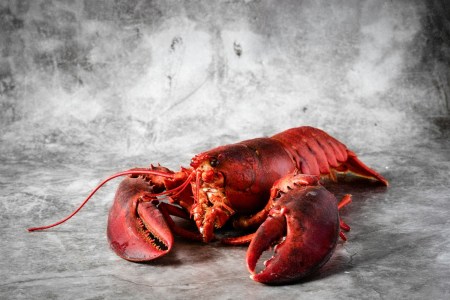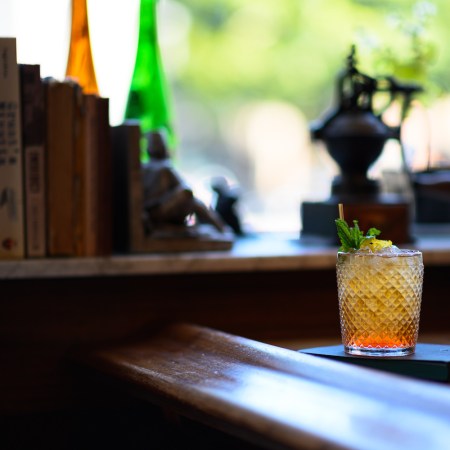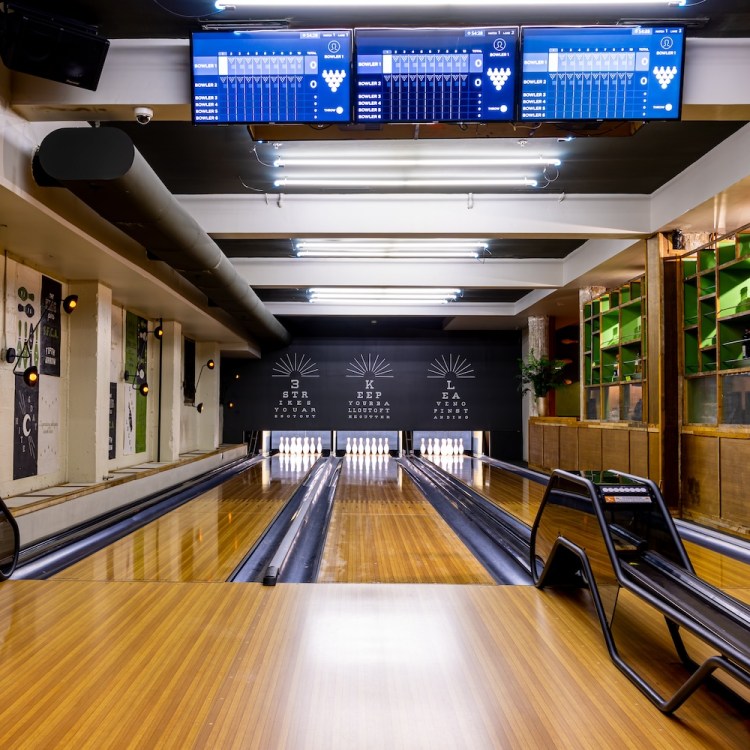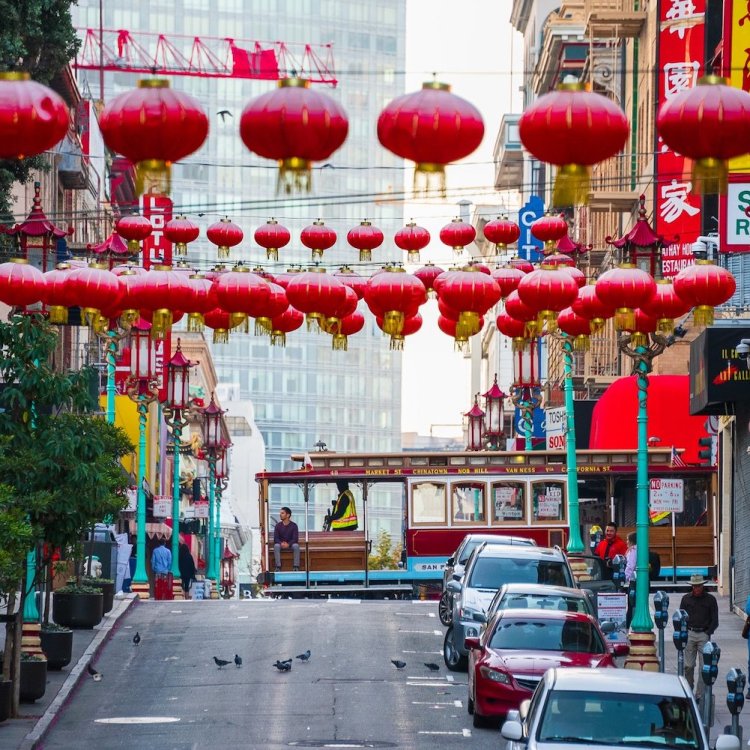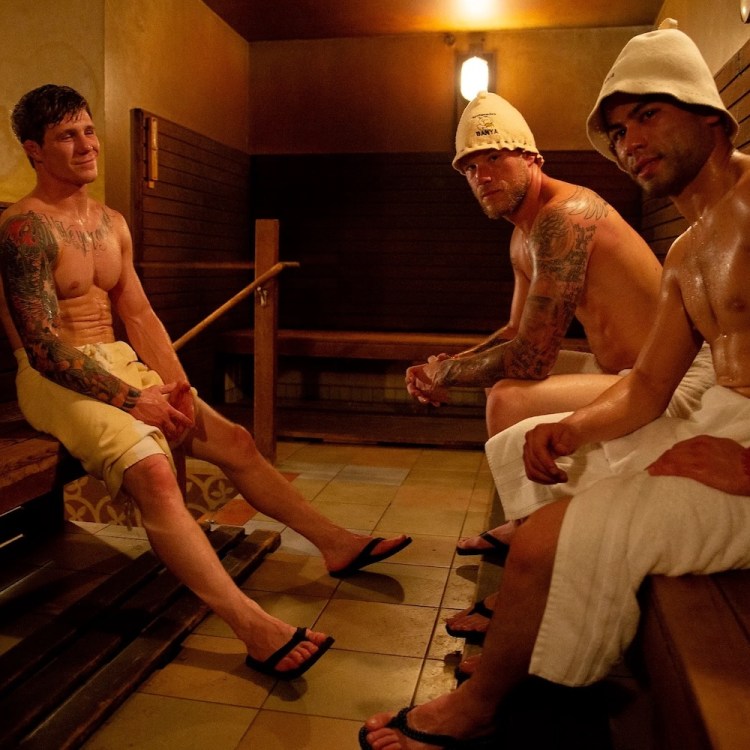The first time I really considered the paradox that is the American fishing industry, it was thanks to Calvin Trillin. In his Alice, Let’s Eat, he lingered over the ironic impossibility of finding fresh local crab anywhere in the vicinity of Fisherman’s Wharf, quipping that signs advertising it as such “were completely accurate only if Eureka is taken to be in the Greater San Francisco area.”
Things haven’t improved that much since the book was originally published in the ’70s. While during the past 20 years, strict fishing restrictions have been put into place on both American coasts, the demand for fish in this country has skyrocketed. According to FISHWATCH, up to 85 percent of fish consumed in the U.S. comes from international waters, and with seafood fraud running rampant, traceability is a widespread issue. Today, the Guardian reports, 34 percent of global marine stocks are overfished, and 10 percent of fish caught each year is discarded as non-target bycatch. Murky sourcing potentially hides these repercussions on the ocean’s biodiversity, not to mention labor violations, but sourcing transparently, locally and sustainably has become nigh on impossible.
Luckily, some — like San Francisco’s chef Peter Hemsley — are trying to address the problem head-on.
Hemsley first discovered the widespread issues affecting the global seafood market when he began the transition of his fine-dining Palette towards a fish-focused menu.
“Late last year, just coming out of the busy holiday rush, I sat down for a pulse check on the company,” he says, noting that as he took a deeper look at sourcing the core ingredients for his menu, “some glaring ethical issues” were revealed.
“It turns out that the fish purveyors here locally didn’t even know 100 percent of the time where their product was coming from,” he recalls.
One of many examples was his source for swordfish, which he turns into bacon — all the better for swaddling dry-aged bluefin tuna before pairing it with sautéed morels and mushroom jus.
“I once asked our fish distributor where the swordfish we were getting from them came from,” he recalls. “They replied that it came from San Pedro, which is a port in Los Angeles. I found out on my travels a week later in San Diego to meet some swordfish fisherman there that no port in California was landing local swordfish at that time, as the season was closed. In truth, the swordfish that I was serving on my menu was ‘landed’ in San Pedro, CA, but really probably came from far away — South America or closer to Hawaii.”
It was then that the murkiness of the fishing industry waters came into clear, shocking relief.
“All of a sudden, the legitimacy of our sourcing became of paramount concern,” he says. “Inspired by the paradox of living next to a giant ocean, and being able to find out so little of where our products actually came from, I went off and did the work that allowed us to correct that.”
It’s an uphill battle that Hemsley fights daily, driving four hours to source black cod or rockfish directly from Fort Bragg port or getting on a 5 a.m. flight to pick up box crab in San Diego to make the 9 a.m. shipping deadline.
Lobster Heist Nets Nearly Half a Million Dollars of Stolen Seafood
It’s part of a growing trendAnd travel is just one part of the equation. There are also relationships to cultivate and protect. Some of the fishermen Hemsley works with “fear the repercussions of the distributors learning that they are selling direct to a restaurant, and thus undercutting the relationship from distributor to restaurant, and its profit margin,” he says.
“The fish industry is political, and I try to stay out of the politics and maintain relationships with everyone involved, but there are consequences to policy,” he adds.
These extra efforts are, for Hemsley, a labor of love — and a necessity to stay true to his philosophy.
“I believe that local fisheries as an ‘industry’ are hanging on by a thread,” he says. “And so the choice of not purchasing local fish ‘now’ could definitely mean that choice will simply not exist for many in the future.”
Today, Hemsley estimates that he can accurately trace somewhere between 90 to 95 percent of every product on his menu.
“There are exceptions, and likely always will be,” he says. “A couple of pounds of fresh tuna for tartare, for example, is regularly brought in from one of our few fish distributors to supplement when we don’t have whole-spec tuna from traceable boats. Although we might demand the origin of this piece of fish from our distribution channel, the layers of transition from when this fish leaves the boat to when it arrives in our restaurant, oftentimes cloud the matter and provide reason for doubt.”
But for the most part, Hemsley is confident in his product and proud of the strides he and his team have made — strides he acknowledges may not have been possible elsewhere.
“San Francisco is fairly well positioned from a location perspective, with its proximity to local ports and airports, for even the theoretical exercise for a restaurant to be its own supplier to be valid,” he explains. “By that I mean, this concept could not be replicated in Chicago, or Dallas, for example.”
For Hemsley, each day is an opportunity to make new strides in pursuit of his mission: “To build the finest and most innovative seafood restaurant on the West Coast, if not the country, if not the world.”
“Year 1 was about shoring up our resources and knowing where things absolutely come from,” he says. “Year 2 should be about trying to push the creativity of our menu, reinforced by confidence from our consumer that whatever we put forward on our menus will be excellent.”
This might manifest in dishes crafted to use up scrap and trim, like sous chef Chris Santopinto’s seafood sausage, which Hemsley describes as “an incredibly light textured and mouth-watering seared sausage dish” redolent with Thai aromatics and spices. He is entertaining the possibility of someday opening a high-end fish butchershop, to make his resources even more available to local consumers. And he seeks to forever push the envelope in terms of surprising — and sustainable — flavors.
“Fish liver skewers anyone? Katsu of giant pacific octopus gonad? Oyster ice cream?”
For Hemsley, any of these options offer new and exciting challenges.
This article was featured in the InsideHook SF newsletter. Sign up now for more from the Bay Area.
